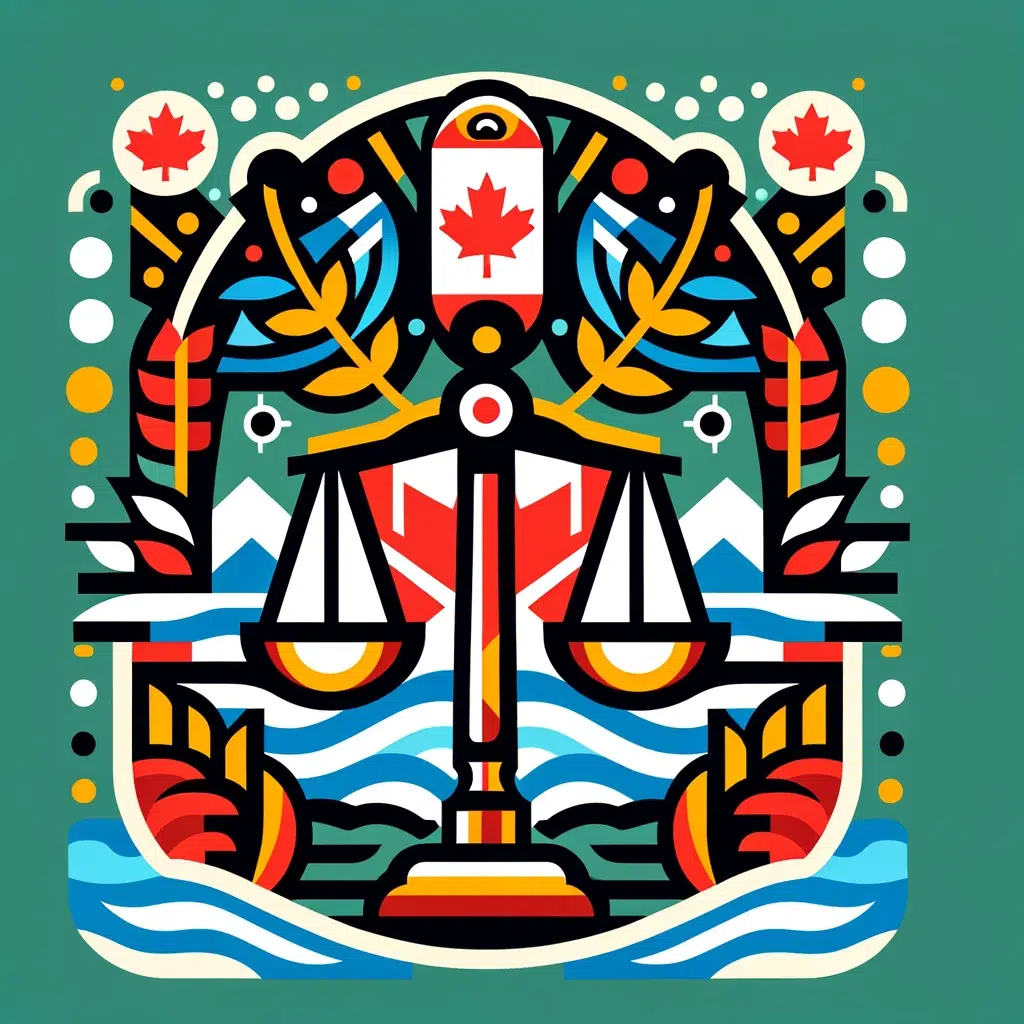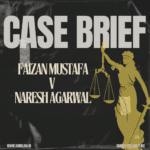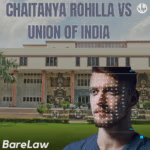
Background of the Case
In 1984, Gitxsan and Wetsuweten hereditary chiefs, including claimants like Delgamuukw (Earl Muldoe) and Gisdaywa (Alfred Joseph), asserted unextinguished Aboriginal title and jurisdiction over approximately 58,000 square kilometers in northwest British Columbia. They sought both recognition of this title and compensation for lands already alienated“.
Significant Developments in the Case
The trial, which spanned from 1987 to 1990, relied heavily on oral histories provided by the Gitxsan and Wetsuweten people. However, in 1991, Chief Justice Allan McEachern dismissed their claims. His judgment faced criticism for its handling of oral evidence and perceived ethnocentric bias“?oaicite:4?“.
The British Columbia Court of Appeal in 1993 overturned parts of McEachern’s ruling, rejecting the notion that all Aboriginal rights had been extinguished and ordering a retrial to determine the nature and scope of these rights`
Supreme Court of Canada’s Decision
The case reached the Supreme Court of Canada, where in 1997, the court acknowledged errors in amalgamating individual claims into collective ones and found that the trial courts factual findings could not stand. Chief Justice Lamer emphasized the need to adapt laws of evidence to accommodate oral histories. He summarized Aboriginal title as encompassing the right to exclusive use and occupation of land for various purposes, bound by the nature of the group’s attachment to that land“?oaicite:2?“.
The court also clarified the conditions under which Aboriginal title can be infringed, underscoring the Crowns duty to consult and provide fair compensation in such cases“
Aftermath and Influence of the Decision
Despite the significance of the decision, the ordered second trial has never occurred. However, the principles established in Delgamuukw were influential, particularly in the subsequent Tsilhqot’in case. The decision also encouraged good faith negotiations between Indigenous peoples and the Crown towards reconciling Aboriginal societies’ pre-existence with Crown sovereignty“



